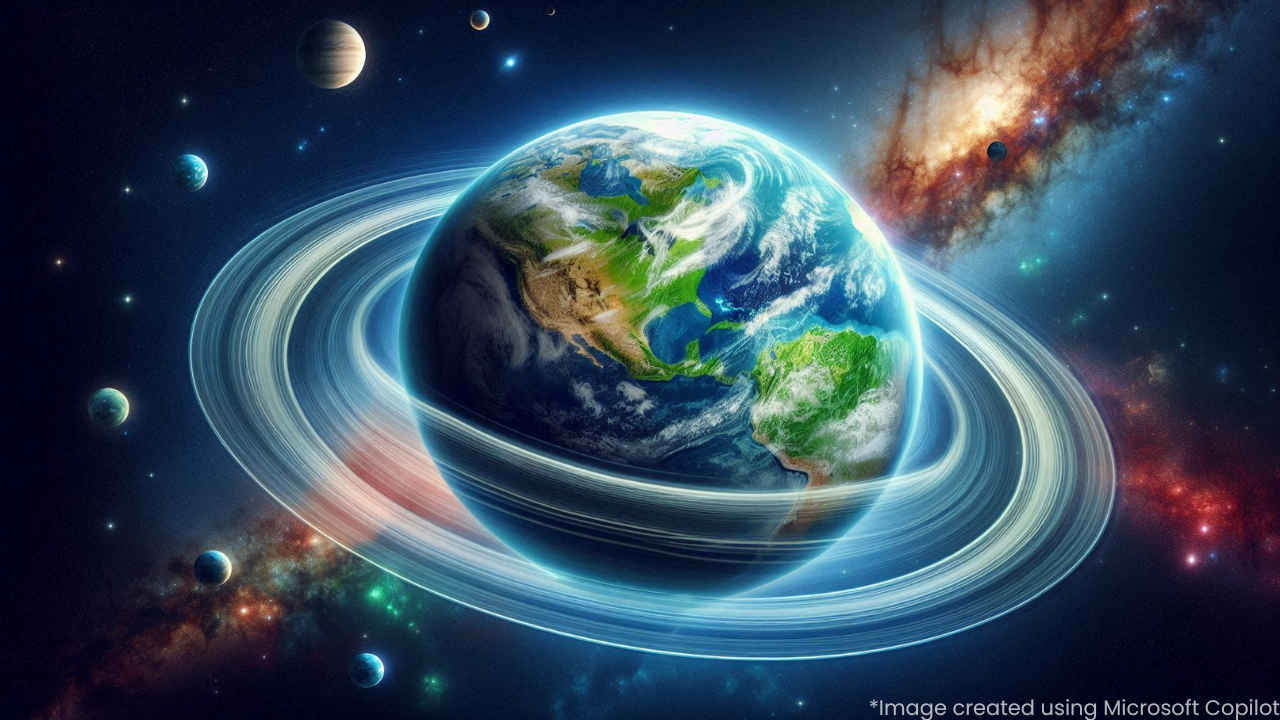Did Earth ever have rings like Saturn? Study links asteroid breakup to climate change

When we think of planets with rings, Saturn often comes to mind.
A new research suggests that Earth might have had its own ring system in the past.
Scientists believe these rings were formed after an asteroid broke apart around 466 million years ago.
When we think of planets with rings, Saturn often comes to mind. However, new research suggests that Earth might have had its own ring system in the past. Scientists believe these rings were formed after an asteroid broke apart around 466 million years ago. This breakup coincided with a series of significant meteorite impacts near Earth’s equator, leading researchers to explore how these events might have influenced global cooling and triggered one of the coldest periods in Earth’s history: the Hirnantian Ice Age.
During this time, Earth experienced an unusual number of meteorite impacts. Sedimentary rocks discovered in Europe, Russia, and China contain fragments of these meteorites, which show signs of having been exposed to space radiation for less time than typical meteorites. Additionally, records indicate that multiple tsunamis occurred during this era, hinting at a connection between these events.
Also read: NASA discovers supermassive black hole duo using Hubble and Chandra
Scientists have identified 21 impact craters from this period, all situated near the equator. Using models of plate tectonics, they noted that none of these craters were located near the poles. Normally, asteroid impacts would scatter randomly across the globe, much like craters found on the Moon and Mars. The unusual clustering of craters along the equator led scientists to propose that a large asteroid broke apart close to Earth, sending debris into space that formed both impact craters and a potential ring system.
Also read: Saturn’s rings to disappear from Earth’s sight in March 2025: Here’s why
The potential ring around Earth would have orbited near the equator. Given that Earth is tilted on its axis, this ring might have partially blocked sunlight, contributing to global cooling. This cooling effect could have played a crucial role in triggering the Hirnantian Ice Age, which began around 445 million years ago.
Ayushi Jain
Tech news writer by day, BGMI player by night. Combining my passion for tech and gaming to bring you the latest in both worlds. View Full Profile





